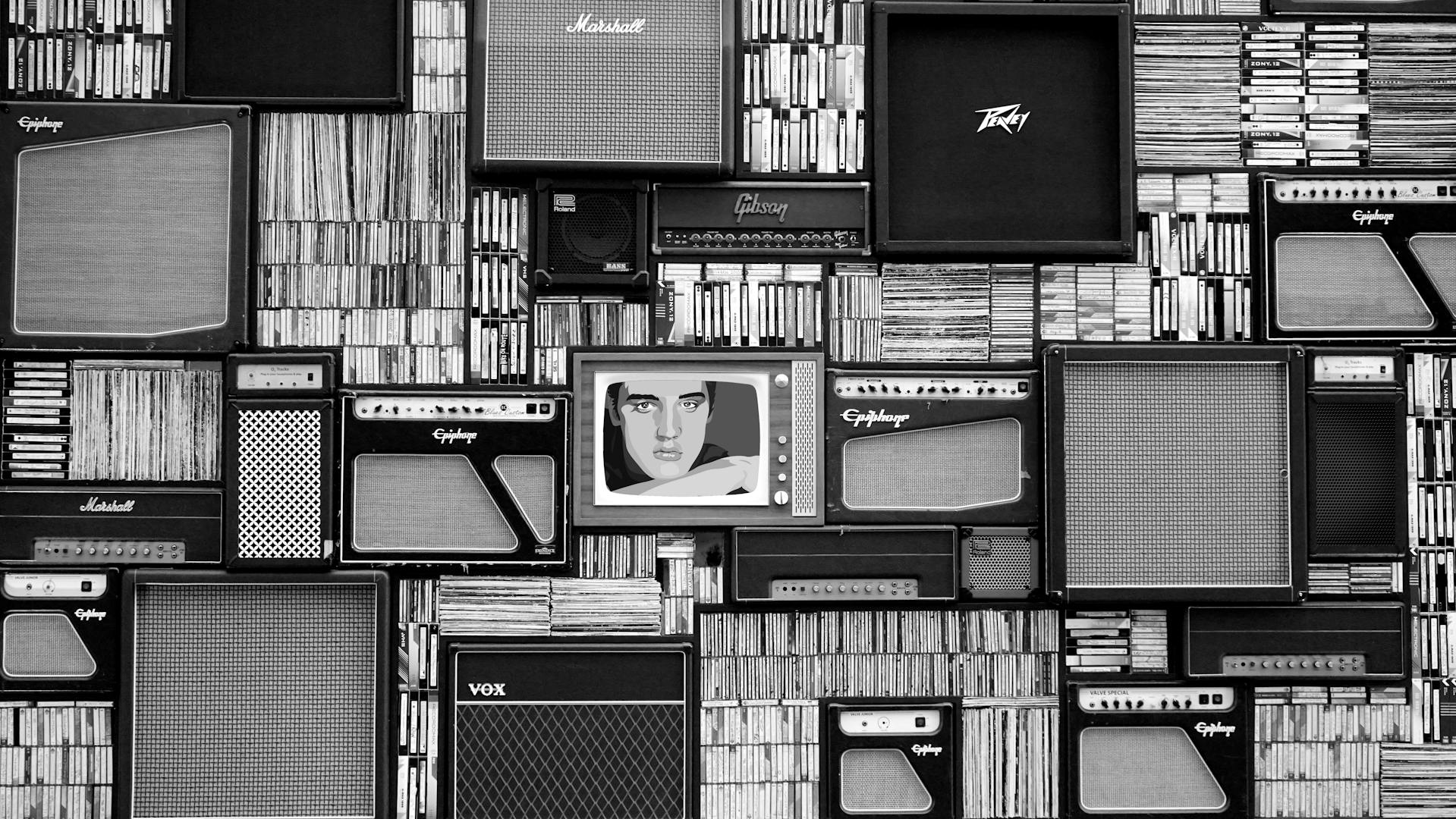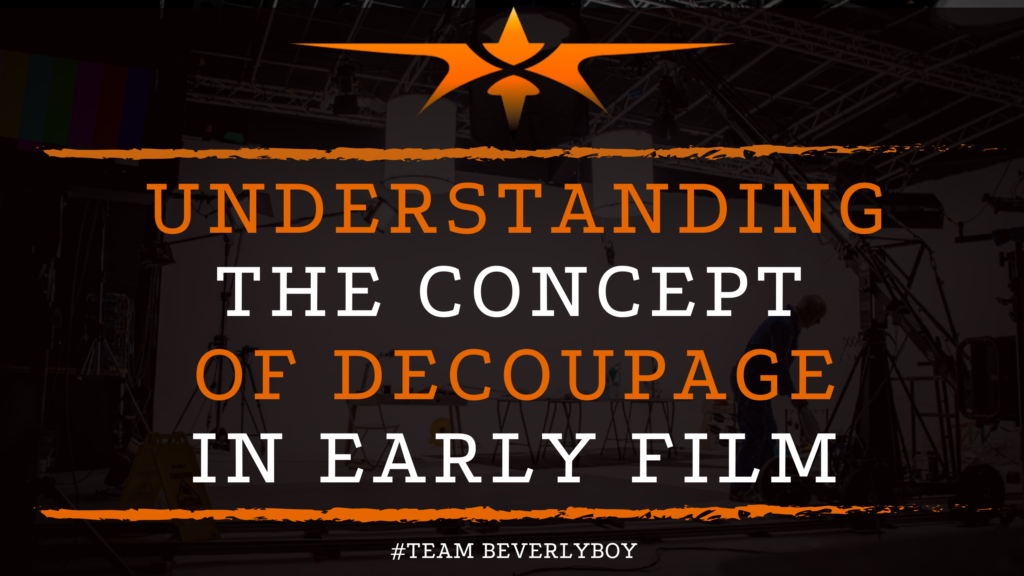Understanding the Concept of Decoupage in Early Film
Various French terms are central to the underlying debate of film aesthetics and the history of film editing language. Terms like montage, decoupage, and mise en scene have unique meanings in French. But when translated to English may not have an equivalent. The concept of decoupage in early film is one of several concepts. Like montage, which had varying definitions and understandings in translation.

First, it’s important to make clear that Montage and Decoupage. Although often referred to interchangeably. These two are different techniques which, only due to the lack of translation from French to English. And is often mistakenly described as the same.
What is Decoupage?
The term “Decoupage” comes from the French and means “to cut up.” The concept of decoupage in early film is best understood by first taking a look at Montage.
The term “Montage” means “assembly” and, when describing film, it represents the combination of two film elements. Which would result in producing a specific effect among the audience. That would otherwise not have been able to be produced by either of the individual elements.
In layman’s terms, Montage in early film was represented by individual choices made as to the placement of one shot directly next to another in order to produce a particular emotional effect or reaction.
Thus, with Montage, the arrangement of visual images to produce the desired emotional response represented the foundation for early film editing.
The Difference
Decoupage is a little bit different and, since the French term had no exact English translation, it became a little bit more difficult to pinpoint a firm description.
To the French, Decoupage refers to a set of images that will be edited together. In order to convey the narrative of the existing storyline. In short, and in English, the concept of decoupage in early film was simply editing.
But the concept of decoupage in early film is more than just ‘editing.’ Decoupage, in its French meaning, also indicates that the images.
Which are being assembled together will direct movement of the narrative. Even if the scenes which are being cut together take place in physically different areas.
How does Decoupage Work in Film?
If you’re feeling a little bit confused about the concept of decoupage in early film, you’re not alone! Understanding this concept, in comparison with montage and other film concepts that are comparatively similar, can be tough.
Decoupage in film basically “cuts up” the narrative elements of the script to establish essential script visuals and then the montage is responsible for the assembly of those visuals to create the desired emotional outcome or story.
Editing
An editor, or filmmaker that is using the decoupage technique can read the script, determine the underlying conflict, and plan the various narrative visual concepts that will be used to connect the audience with the story.
The term “decoupage” was originally actually split to have two meanings, one for “decoupage” and one for “decoupage technique.”
Decoupage relating to film form and decoupage technique. Relating to the actual process of cutting the script and planning the visuals that will be used to share the emotional and cinematic connection.
So, what is the concept of decoupage in early film? As to be described by Timothy Bernard’s Essay, Decoupage, it’s “the aesthetic and industrial operation for conceiving films. Both pictorially through camera work and temporally through image sequencing.”

